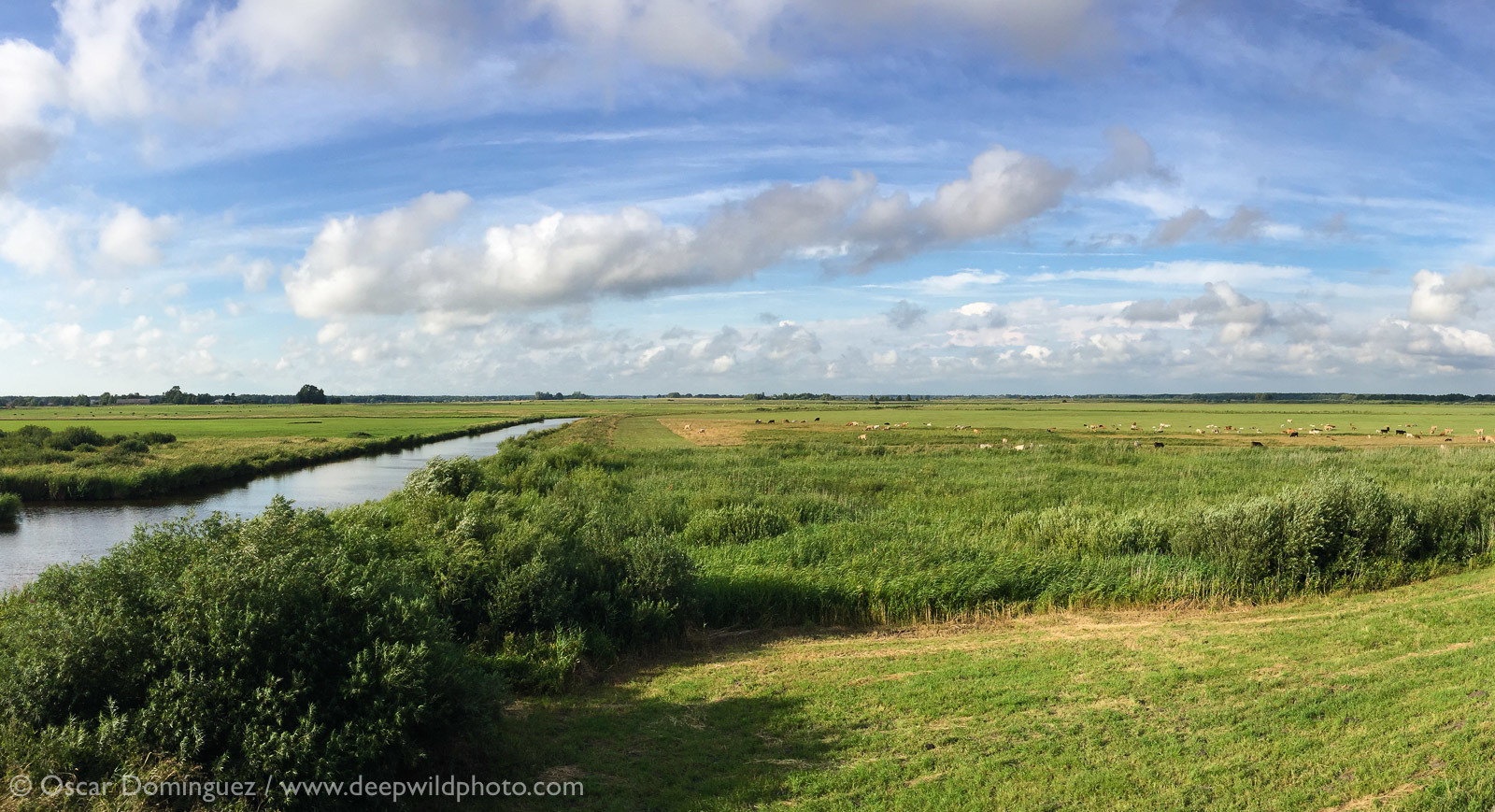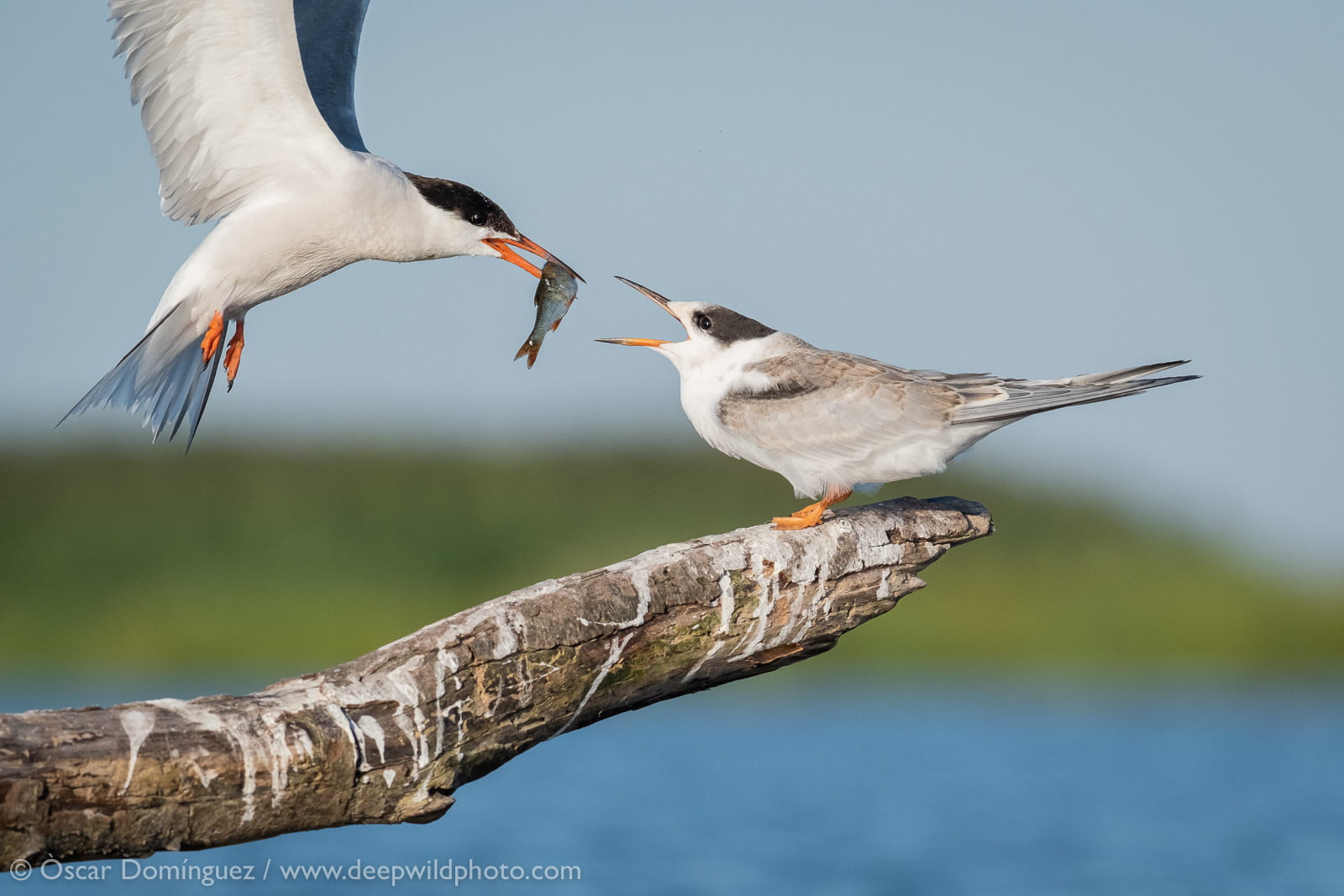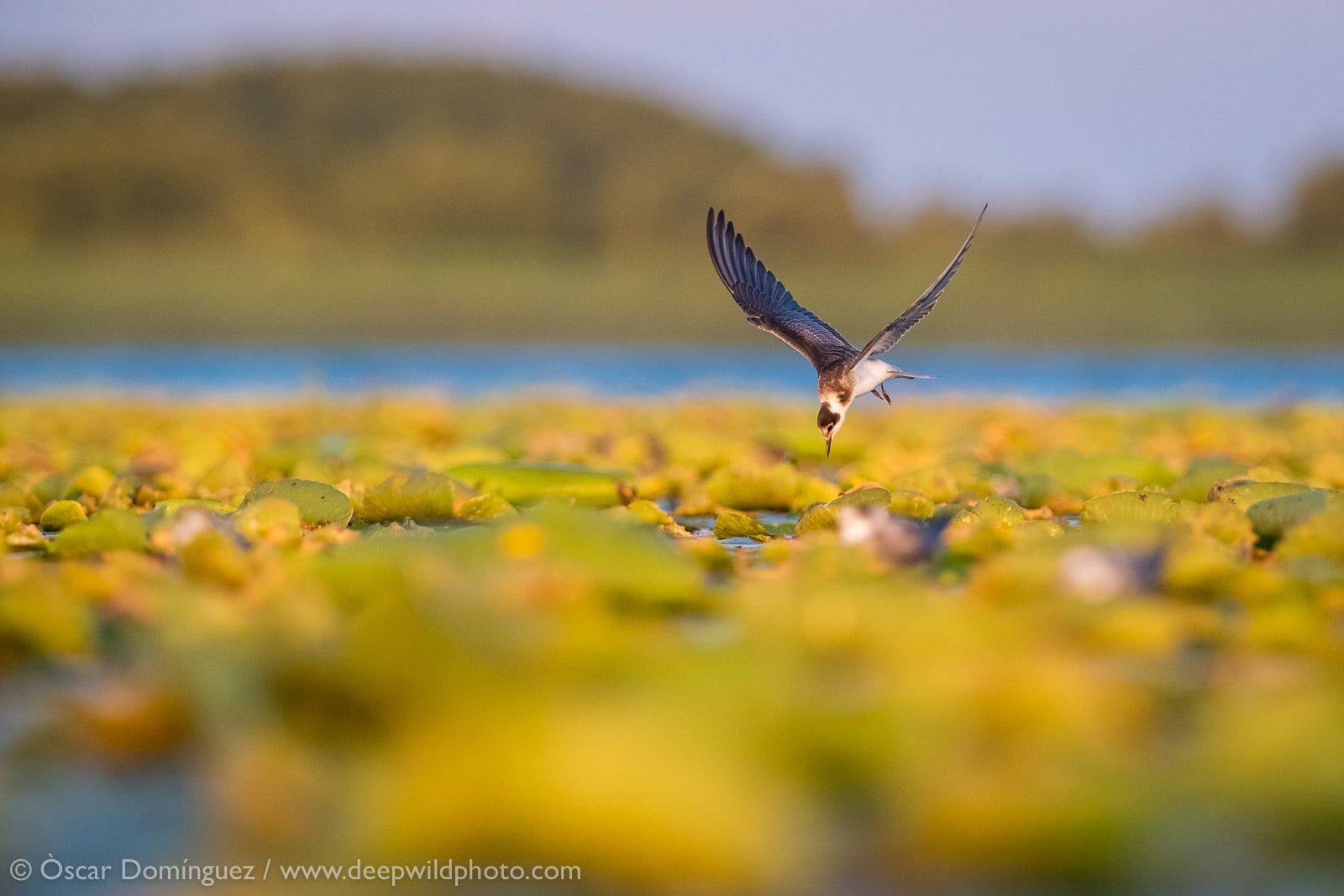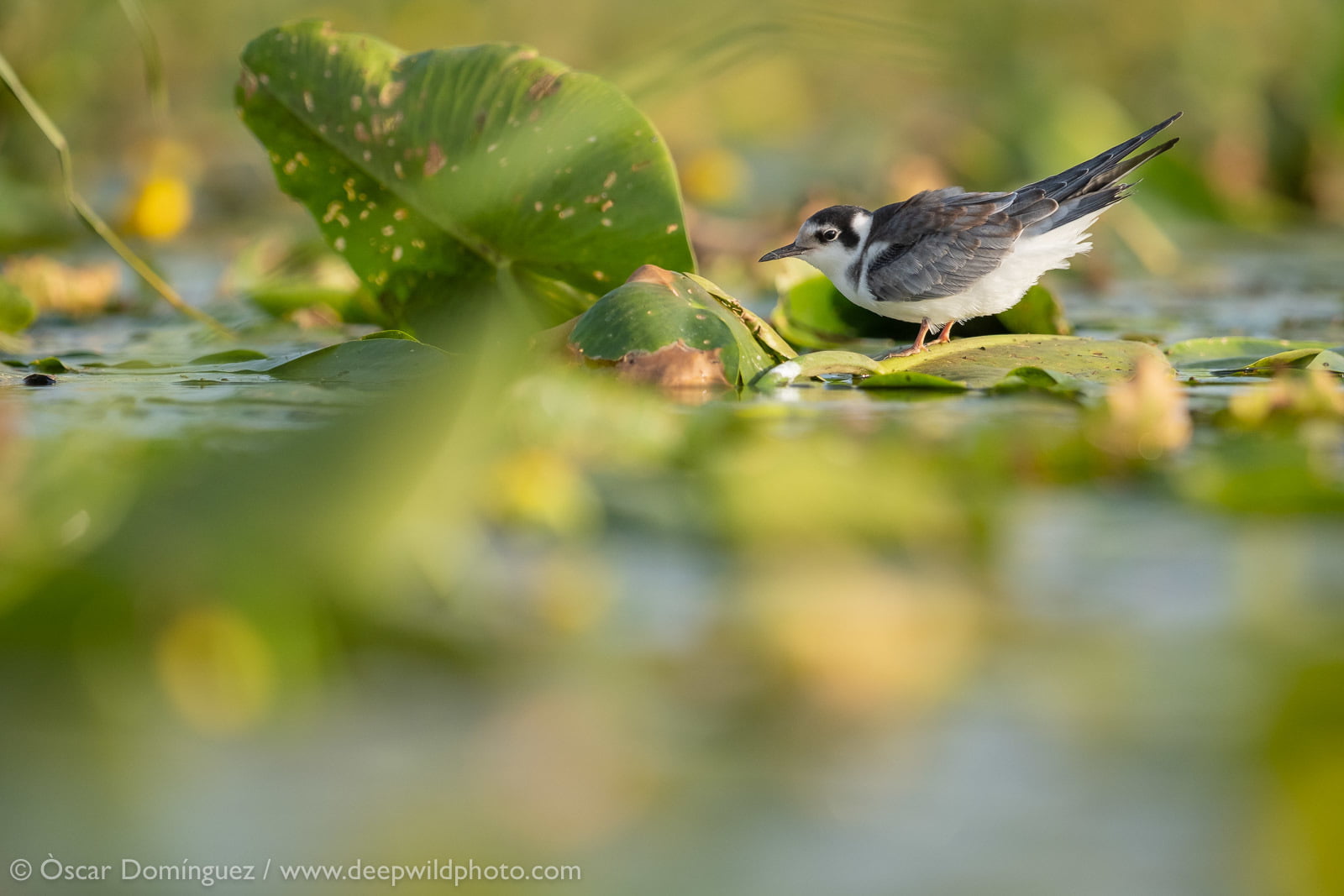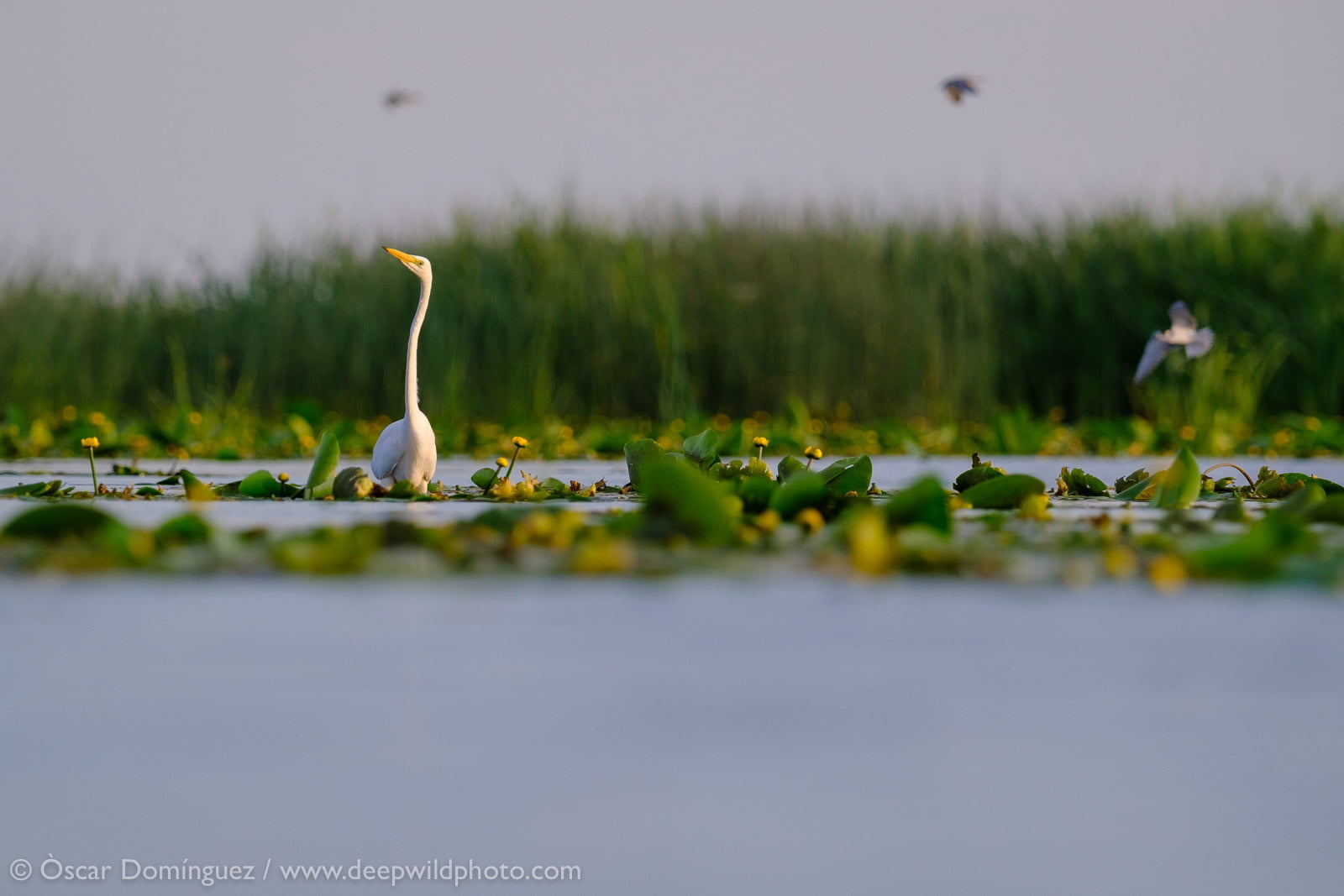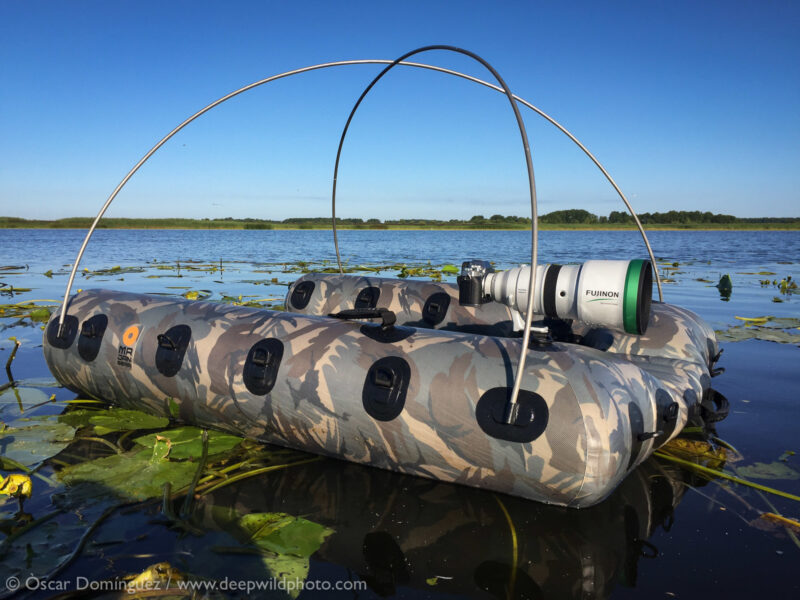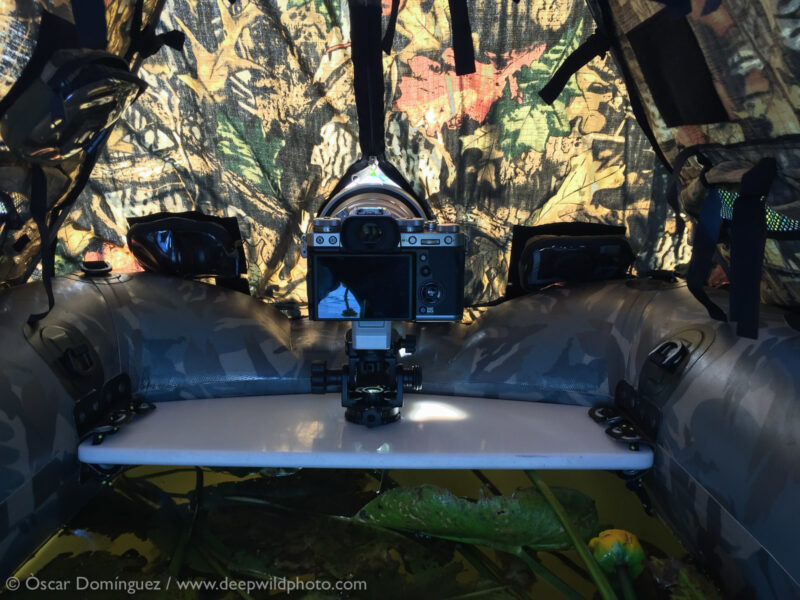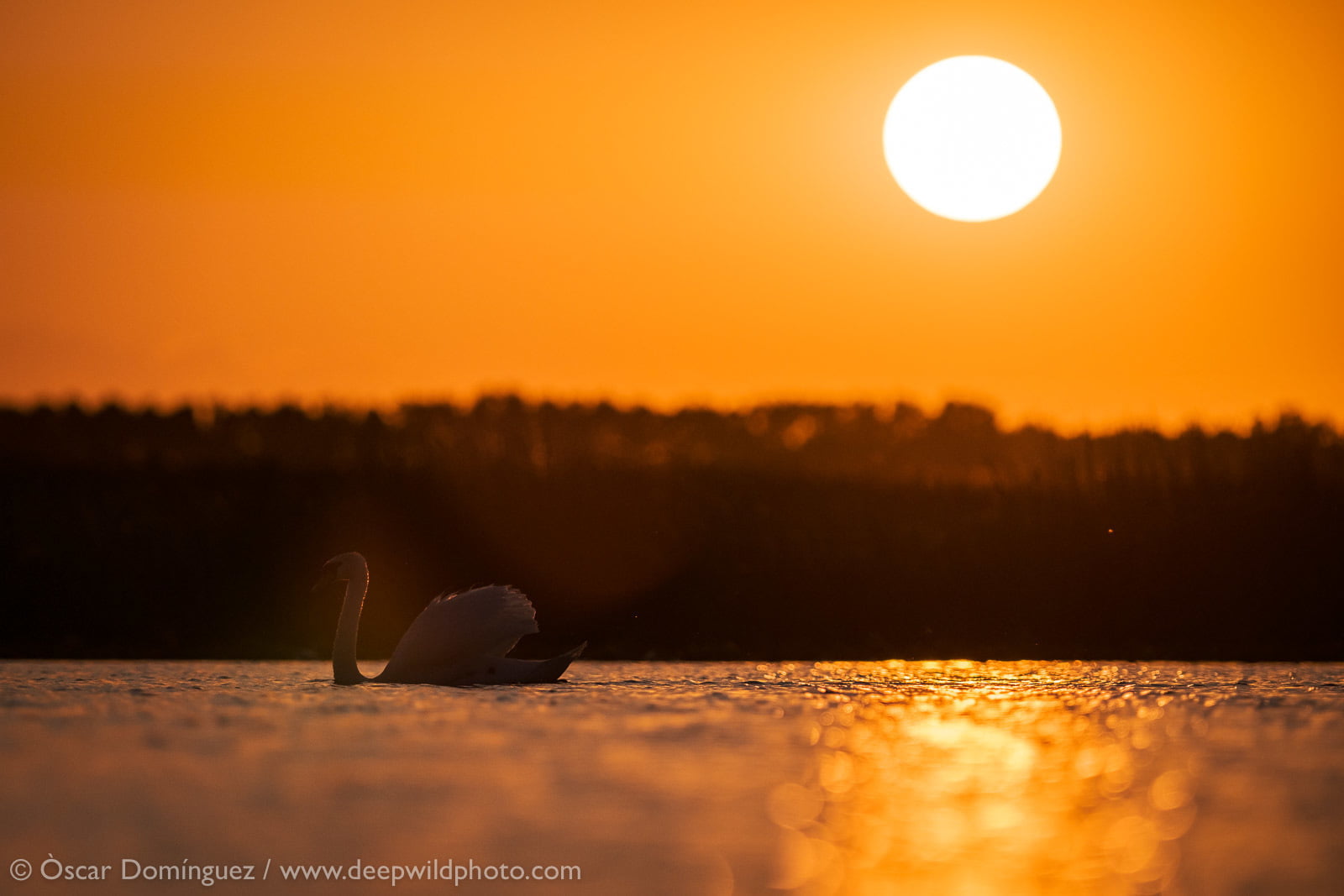After crossing Belarus and Lithuania and before flowing into the Baltic Sea, the Nemunas River forms an extensive delta characterised by a mosaic of wetlands, meadows and forests where numerous species of waterfowl and birds of prey breed.
To preserve this unique landscape and facilitate research into the most important area for birds in Lithuania, the Nemunas Delta Regional Park was created in 1992. Like other vital wetlands, the Nemunas delta is included in the Ramsar Convention. A bird census is carried out here every October to obtain information about the species that inhabit the delta during the autumn. These data help to identify the threats faced by birds and also enable the progress of environmental management projects in the area to be assessed.
Protection has also helped preserve some of the area’s cultural values that were doomed to disappear absorbed by the push of development. Pollution, agricultural expansion and fishing industry are the main threats facing the Nemunas delta.
Birds and more birds
Among the numerous species of birds that can be observed in spring and summer, they are the delicate terns. These tireless fishers are perfectly adapted to a life of aerial acrobatics, as evidenced by their forked tail (in many species) and their relatively pointed wings. Their fishing technique consists of staying still in the air observing the movements of the fish, to throw themselves like a harpoon retracting their wings and capture their prey near the surface. The terns build noisy colonies in which different species are mixed. The colony provides protection to the chicks, and at this time of the year, the adults become very aggressive, attacking any potential predator, including humans.
During July, it’s a spectacle to see the adults fishing continuously without rest and feeding the chicks that spend the day claiming food, camouflaged among the floating leaves of the aquatic vegetation. Because nests are actually small floating platforms subject to vegetation in shallow waters, reproductive success can be affected by variations in water level. A drop in water level can favour access to breeding areas for domestic livestock and possible predators.
In autumn, the delta is the optimal habitat for the stopovers of a large number of waders. The food spectrum of the different species depends on the length and shape of their beaks. Species such as plovers and sandpipers can feed only on the microfauna that inhabits the sand near the surface, while longer-beaked species such as curlews and godwits easily reach the worms in the deeper layers.
About obtaining the images
The photos that illustrate this report are all taken from a floating hide from MrJanGear, which allows approaching birds from the water obtaining shots with a beautiful low point of view. Thanks to this low point of view it is possible to include water or vegetation in the foreground. When you make a stealthy approach, the birds feel confident, and it is possible to observe and photograph their daily life without causing a nuisance. I found it essential to enter and exit the hide far away from the area where I planned to photograph.
The careful design of the hide ensures that the photographic equipment is safe from the water at all times; assembly is easy and quick. Thanks to Mr Jan’s extensive experience in the outdoor industry, the materials used are carefully chosen to obtain a good relation between weight, volume and durability of the product. The weight and volume are very controlled, so it is no problem to travel with the hide anywhere on the planet. Photographing from a floating hide is a perfect way to enjoy nature photography. I think it is important to point out that all the necessary permissions were managed to obtain the images. Also, to cause the least impact on the ecosystem, photographs were taken outside the most protected areas of the delta. Boris Belchev took care of this and the rest of the logistical aspects.
As for the photographic equipment, all the photographs were taken with a Fujifilm X-T3 and the FUJINON XF 100-400 mm LM OIS WR and FUJINON XF 200 mm f2 LM OIS WR with the teleconverter FUJINON XF1.4X F2 TC WR.
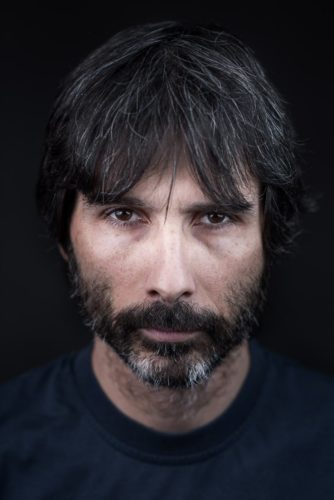
Òscar Domínguez is a professional wildlife and conservation photographer.
In the last years, he has turned to document endangered species and their environments in the most pristine and wild places.
Interested in wildlife and it’s domain as well as the people who live in it, Oscar considers of vital importance to collaborate with local natives and involve them in the protection of the species and their environment.
Oscar’s work has been published in several newspapers and magazines, such as BBC Wildlife Magazine, The Guardian, New Scientist, NaturFoto, Viajes National Geographic, Descobrir Catalunya, Quercus among others and is represented by Tandem Stills + Motion.
In 2016 Oscar won the “Conservation photographer of the year” award by AEFONA (Spanish nature Photographers Association) with their conservation photo story about little bustards in Catalonia (Spain).
More of his work can be found at www.deepwildphoto.com
He currently lives in Barcelona.
Would you like to know more about floating hide photography? Download our free inspirational guide!
